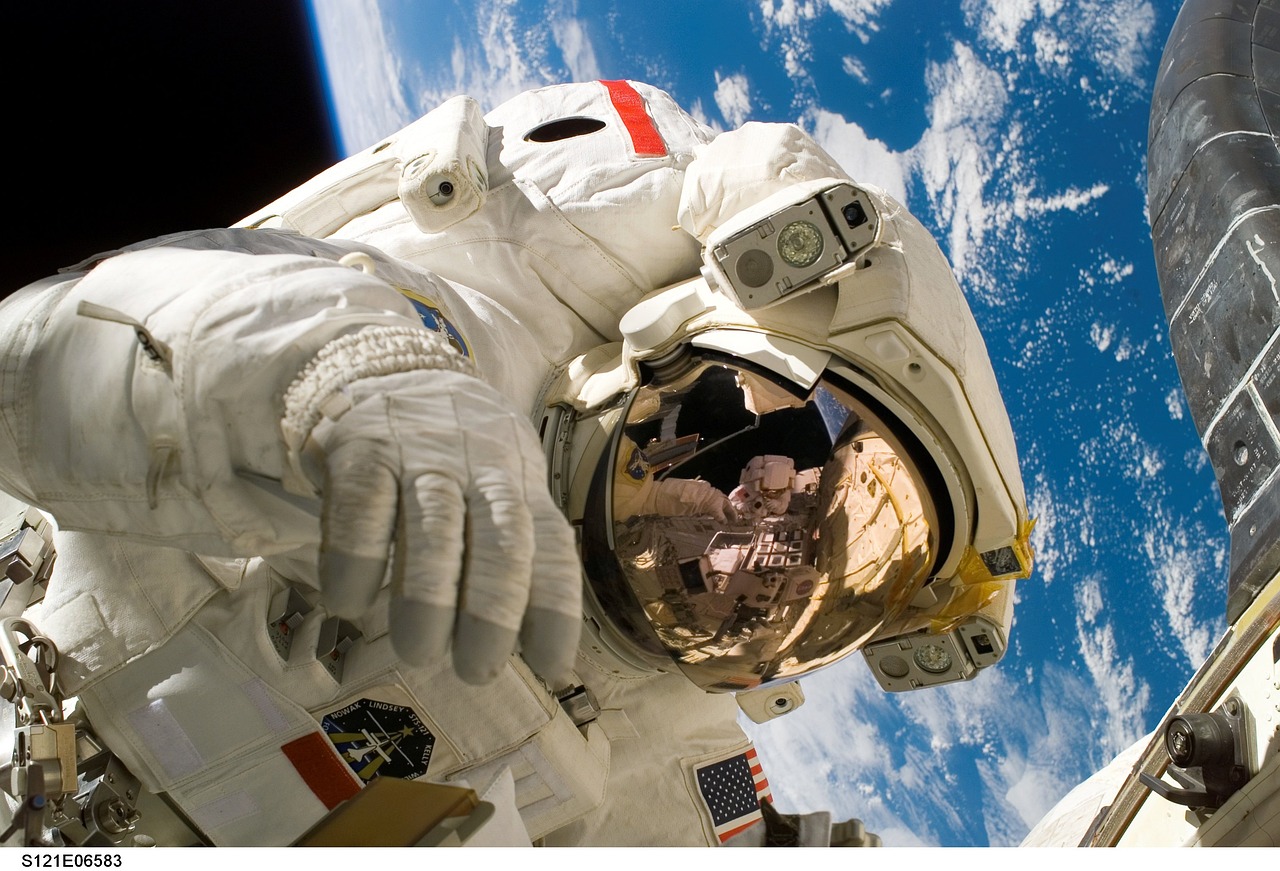Insider Brief:
- An international research team has released the Space Omics and Medical Atlas, a substantial collection of health and biological data detailing the effects of space travel on humans.
- The database includes 44 peer-reviewed papers and genetic, epigenetic, transcriptomic, microbiome, and exosome data from multiple space missions.
- Commercial partners were vital in this research, providing cutting-edge technologies including Seer’s Proteograph and Element Biosciences’ Aviti sequencer, which were critical for analyzing the complex biological data.
An international research team has recently released a substantial collection of health and biological data detailing the effects of space travel on humans. This milestone, known as the Space Omics and Medical Atlas (SOMA), includes 44 peer-reviewed papers and represents a collaborative effort from multiple space missions. With the data and samples reportedly stored at the Cornell Aerospace Medicine Biobank (CAMbank), SOMA is set to become a crucial resource for future research.
SOMA includes genetic, epigenetic, transcriptomic, microbiome, and exosome data from various space missions like the groundbreaking commercial Inspiration4 mission. Chris Mason, a genomics researcher at Weill Cornell Medicine and the principal investigator for the Inspiration4 study, described it as “the largest treasure trove of data from astronauts and space biology ever released.” This wealth of information is expected to accelerate discoveries about the health impacts of space travel and yield broader insights into human health.
The Inspiration4 mission, notable for its entirely civilian crew, showcased the potential for commercial contributions to space health research and the growing role of private space activities in advancing our understanding of space travel’s impact on human biology. The crew collected 2,911 biological samples before, during, and after their flight. This data revealed significant molecular changes, such as elongated telomeres and increased cytokine levels, many of which returned to normal after a few months back on Earth.
Commercial partners were vital in this research, providing cutting-edge technologies. This included Seer’s Proteograph and Element Biosciences’ Aviti sequencer, which were critical for analyzing the complex biological data. These commercial technologies allowed researchers to delve into genetic and protein changes during space travel, setting the stage for future innovations in space health.
The research also highlighted the need for personalized medicine in space travel, a concept that commercial entities are well-positioned to develop. Different physiological responses among astronauts suggest that medications and countermeasures will likely need to be tailored to each individual. For example, t cells and CD16 monocytes showed significant changes in gene expression in response to spaceflight stress, pointing to the necessity of individualized medical approaches.
Mason emphasized the importance of this data for the future of space travel, stating, “We need all possible biomedical data to make precision medicine for future crews a reality and to prepare for longer missions.”
In addition to advancing space health research, the SOMA project’s data also has implications for other extreme environments on Earth. Insights gained from studying the health effects of space travel could inform medical practices for high-altitude climbers and others exposed to similar physiological stresses.
As space missions become more frequent and longer, the integration of advanced technologies and personalized medicine will be crucial for ensuring the health and safety of future space travellers. The growing partnership between private industry and research institutions will allow the industry to continue pushing the boundaries of space exploration and health science.
Share this article:










